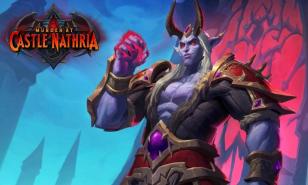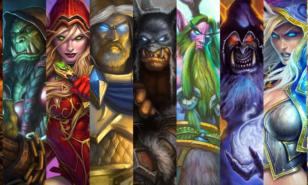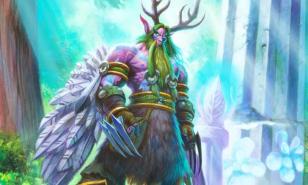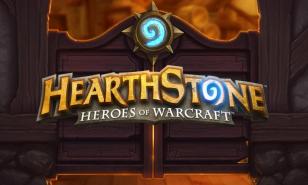Hearthstone Arena Guide: Top 40 Hearthstone Tips and Secrets Used by Pros
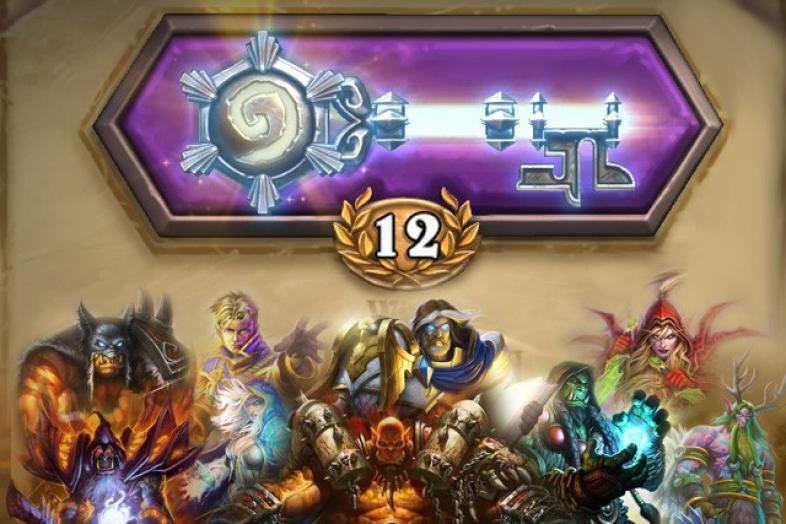
What should you do to make your Arena experience even more enjoyable?
Hearthstone is an ever-evolving game. The best proof of that is the release of the new expansion, Rastakhan's Rumble, almost three months ago. Every new expansion brings new changes to the game of Hearthstone. For those who play standard format, those changes are the most visible. But Arena is also susceptible to these changes. New cards bring new synergies and lots of fun. Now, we are going to talk about what should you do to become an above average or expert player in Hearthstone Arena.
First unbiased tip. Don't play with Hunter!
Choosing a class and deck drafting
-
The first thing you need to do is to choose the class you are going to play with. You get three options from nine classes and then choose one to play with. Which class to choose? There are two ways. First, you can choose the class you like or identify with. Second, you can choose the class which is currently in meta and has better results than the others. If you want to win it is best to choose the class with better win rates at the moment. I said at the moment because Arena meta also knows to shift from one class to the others. Warlock, Mage, Rogue, and Warrior represent Tier 1 decks, where Warlock is strongly in the first place. Paladin and Priest make Tier 2 and Shaman, Druid, and Hunter are Tier 3 decks, with Hunter as the weakest. These Tiers represent meta two months after Rasthakan's Rumble release. Warlock is holding the first place firmly and Mage is following behind. Hunter is again last for who knows which time.
Let's see what is each class equipped with and what can you expect from them. We are going to concentrate on new editions to the game with the release of the expansion and look back at some classic cards that are always used in Arena.
Druid
-
Uf. If you have paid attention to the second latest official nerfs than you saw Druid's demise. Even though nerfing of Wild Growth and Nourish greatly damaged Druids in the standard, even Arena Druids got hit with this. Wild Growth is unplayable on turn three because that will put you behind on board. Later in the game, it can become three mana draw one card, but is it enough to still choose it? Probably not. Nourish still sees some action but winrate shows that it is below 50% when chosen.
Druids hero power can be used both in attack if you want to trade with some minion and in defense if you want to stack some armor for the late game. Great classic cards to have as a Druid are Swipe, Druid of the Claw, Ancient of War and Cenarius. Neutral cards which bring good value are Bonemare and Primordial Drake. A couple of the great new additions from the new expansion are Mark of the Loa and Amani War Bear who found a place in almost every class. Ultimate Infestation and Tortolan Forager are also used cards from some of the previous expansions. Druid's great point is also their own weak spot. They usually rely on big minions, which means that their early game is somewhat lacking.
Hunter
-
Hunters are the opposite of druids. The early game they play is very aggressive, and the things they lack are healing and board clears. Hunter hero power is very rigid and has no effect on the board whatsoever. They have a lot of good options both in the early and mid game. Great class cards are Flanking Strike, Candleshot, Crackling Razormaw, Jeweled Macaw, Freezing Trap, Animal Companion, Unleash the Hounds, Deadly Shot, Houndmaster, Savannah Highmane, Eaglehorn Bow, Lesser Emerald Spellstone, Venomstrike Trap. Great new additions are Baited Arrow and Headhunter's Hatchet as well as Amani War Bear and Dragonmaw Scorcher. But even with that many good cards Hunters just cannot display good strength in Arena these days.
Mage
-
Mage's were always a good option for picking a class in the Arena. Their hero power is very versatile and can do a lot. No lack of board clears is also one of the good points of picking a Mage. Maybe the only visible constant weak spot is their lack of low-cost class minions. Flamestrike, Polymorph, Fireball and Water Elemental are always a great pick if you are playing Mage. Book of Specters is also a good pick. Even though a Mage is by all standards spellcasting class, in Arena where minions are dominant this card can reach its full potential. A new edition to Mages gameplay in Arena is a Pyromaniac. This card paired with the hero power can constantly draw you cards if you use hero power efficiently.
Paladin
-
Paladin’s hero power can constantly put minions on board which paired with their good buff cards can be a great treat to an opponent. Paladins have great early game and can pull ahead very quick thanks to its good arsenal of weapons like Truesilver Champion and Unidentified Maul. Their weak spot is lack of hard removal and somewhat board clears. There are not that many class cards from new expansion excluding a New Challenger... Most of the good cards are those from previous expansions like Righteous Protector, Spikeridged Steed, and Vinecleaver and always dependable class cards like Aldor Peacekeeper, Consecration, Blessing of Kings and Argent Protector.
Priest
-
Priest’s gameplay is largely dependant on the hero power. If you manage to take the board, healing with the hero power can gain you a lot of card advantage, especially if you have Northshire Cleric. Priest has great hard removals in the form of Shadow Word: Death, Shadow Word: Pain and Mind Control. The weak spot of Priests will always be 4 attack minions and their spells with copy effect which doesn't have good effects in Arena. Their bord removal is usually cards like Holly Nova and Psychic Scream. New additions are Amani War Bear and Dragonmaw Scorcher like in most of the classes and also Auchenai Phantasm from Priest cards. Getting behind on board is also a problem for Priests. Having one or two Cabal Shadow Priests in the deck to steal small minions can help you in winning it back.
Rogue
-
Rogues are at the moment third class in win rate behind Warlocks and Mages. The Rogues playstyle is usually aggressive or tempo based thanks to its hero power and combo cards. Rogue hero power is efficient, especially against Paladins. They also use their health as a mean of trade. One more strong suit of Rogues are hard removals like Sap, Assassinate, Vilespine Slayer or a new edition Walk the Plank. They are bad against aggressive decks because of their lack of healing cards. Combo cards can be both strength and weakness because of their value like SI:7 Agent, Eviscerate and Elven Minstrel and their reliance on the low-cost cards to enable them. Good picks in Arena for Rogues are Backstab which has great synergy for combo cards and Rogue hero power, Blinkfox which can generate more cards, Envenom Weapon which can be more than one hard removal and Fal'dorei Strider. New legendary Rogue Loa Gral, the Shark is also a great pick if you are lucky enough to find it in your draft.
Shaman
-
Shamans didn't get any new extra useful class cards from new expansion. They are still reliant on cards from past expansions, like Menacing Nimbus, Unstable Evolution, Primordial Drake, Stonehill Defender, and neutral elementals like Fire Plume Phoenix, Tar Creeper and Fire Fly. The class cards which are always seeing play in Arena are Fire Elemental, Hex, Flametongue Totem, Earth Elemental, and board clears like Lightning Storm or Volcano. Shaman hero power is random, hence not that reliable like others, especially because totems do not represent any treat on their own. To use them to contest the board are needed cards that can buff them like before mentioned Flametongue Totem or Bonemare, Fungalmancer, Defender of Argus and if you are in a hurry Earthen Might and a new card from Rasthakan’s Rumble Bog Slosher. Elemental package including Servant of Kalimos and Blazecaller can be a good option if you have elementals to enable the effects of the other two.
Warlock
-
Warlock has what most of the community thinks the best hero power in Arena, or in general. Drawing cards almost every turn can be a great advantage over opponents. The only bad thing is that the hero power damages you also. There are a lot of good cards which Warlocks use that are self-harming. Kobold Librarian, Dread Infernal, Vulgar Homunculus, and Flame Imp are the best examples. Warlocks have very good early game class minions as well as decent board clears like Hellfire, Defile or Twisting Nether. Warlock also has good hard removals in the form of Siphon Soul and one new card Demonbolt. Both aggressive and control games could be played with Warlock. Hero power gives an advantage in card draw which can be helpful both in the early and late game. But you must be careful not to damage yourself too much because Warlock cards could be a double-edged sword. But even all of that said Warlock still holds first place over the other classes. It seems that new expansion greatly benefited to the Warlocks in Arena.
Warrior
-
Warriors were at one time the lowest win rate class in Arena. But today they are one of the best. The past two expansions were generous to Warriors. Including new one, Warriors game have gotten even more power. Tank Up doesn't have any impact on board state, so having good weapons is crucial to Warrior play in Arena. And Warriors have just that. Woodcutter's Axe, Fiery War Axe, Blood Razor, Arcanite Reaper, Supercollider and new addition Sul'thraze make a great arsenal to choose from. Rare cards like Dyn-o-matic, Militia Commander, Frothing Berserker, Omega Assembly, and Stonehill Defender are a great pick in any warrior draft. New cards like Dragon Roar and Devastate make a Warrior one mean killing Machine. All of this makes Warrior Tier 1 class in Arena just a little bit behind Rouge who holds third place.
-
After choosing the class, next comes drafting a deck. There are several things to note about choosing cards for your deck. These things are card cost efficiency or mana curve, and what cards to choose and when.
-
Mana curve is essential for good Arena run. You must balance your deck with cards of different mana cost. Most used cards are two and three drops and these cards should generally make most of the deck. You don't want to draft whole deck full of 2 and 3 drops, though. The main reason is, that in the late game you may lack some impactful cards which usually cost 6 or more mana.
-
How to be sure to draft a good deck? You can divide the draft into three parts. First part is to choose good cards. Good cards are usually stand-alone cards which don't require synergy with the rest of the deck. The second part is synergy and card cost efficiency. Good cards are most of the time high-cost cards, 6 mana and above. That is why in the second part of the draft you can choose lower-cost cards to improve your mana curve. Or you can choose good synergy cards if that is what you are going for. The third part is filling the rest of the deck with cards you are lacking.
-
What are the most important cards to draft in a deck? Cards of any type. Those cards are minions with good stats, hard removal, weapons, board removal, weapons removals and silence cards.
-
Good stats. Maybe the most important cards to draft in the arena are well-stated cards. Health is very important for trading with the opponent's minions. Different from constructed where effect cards are more favored, in Arena well-stated minions are must have. The best examples are Tar Creeper, Saronite Chain Gang, Nesting Roc, Violet Wurm and others.
-
Hard removal. These cards are cards used to remove big treats on the board. The best examples are Hunter's Deadly Shot, Rogues Assassinate, Mage's Polymorph, Shaman's Hex, Warlock's Siphon Soul and Priest's Shadow Word Death. One of the new editions into this category is Rouge's Walk the Plank, or Warlocks Demonbolt.
-
Board removals are cards that remove multiple minions from the board. The best examples are Warlock's Twisting Nether, Mage's Flamestrike, Shaman's Volcano and Lightning Storm or the most fearsome board removal of all, one and only lord Deathwing. If you survive him... scratch that. There is no way you will survive Deathwing. Well maybe sometimes, if you are a Priest and you have a Mind Control.
-
Weapons. Warrior, Rogue, Paladin, and Hunter are the classes with most weapons. If you have Aluneth in your Arena deck that means you are drawing cards like crazy. Minions are flying onto the board and you are 11-0. One more win for a perfect run. And you woke up. Dream over. Doesn’t everyone have this dream? Or is it just me? You are using weapons to remove minions with some value trades or in some cases to go face if you are close to winning.
-
Weapon removal. Oozes and weapons go hand in hand. Since there are a lot of weapons in play, one or two Oozes in the deck will be a good measure against above mentioned four classes.
-
Silence cards. Ironbeak Owl and Spellbreaker are good for taking care of annoying Deathrattle minions. One of those is good for every deck. But hard removal should still be your number one pick.
Mulligan and playing game
-
Mulligan is different in two ways. If you are playing first or second, and in which game you are at the moment.
-
If you are playing first the best curve to have is 1 drop on the first turn, 2 drop on second, and 3 drop on third. If you later have 4 and 5 drops you are on a good way to win.
-
If you are playing second you have the Coin which can bridge the gap between two players. But if you don't have a 1 drop in your starting hand and only one 2 drop, don't coin out 2 drop and then use Hero power on turn two. Because of that, you can fall behind in controlling the board. You can save the Coin for a later turn to put one more minion on the board or weave in a hero power if necessary.
-
If you are on your ninth game or higher you can try taking risks by finding more impactful cards in the mulligan. This is only recommended for more experienced players.
-
There are a lot of things to look out during the game. What kind of deck you and your opponent are playing, is the first one. Then you have board control, spacing, tech cards, value cards, value trading and using mana efficiently.
-
Even if this is Arena there are still a couple of playstyles. These play styles are Control, Aggro, and Mid-Range. They are influenced by the draft.
-
Control. If most of your cards are high cost and suited for the late game, then you are playing control type of deck. These decks are trying to tire out the opponent by removing all treats and winning in the late game. Control decks can be recognized for lack of 2, or 3 drops and a high number of removal cards. (If the mage you are playing against has more than three Flamestrikes, he is most probably playing control)
-
Aggro. Short for aggressive, this playstyle is known for early game. The high number of 2 and 3 drops is a good sign that your opponent wants to kill you as soon as possible. Their main goal is to fill the board with small minions and finish you with a burst. (Fireball, ping, Fireball, and you are a dead man.)
-
Mid-Range. Mid-Range decks are balanced decks. They have a good number of both early and late game cards. 4 drops are generally good stated and are excellent mid-game tools.
-
Board control. If the name wasn't Hearthstone it would be Board control. In the Arena, board control is the most important part of the game. Controlling the board and having your minions, instead of your opponents, on it is a sure way to win. However, that is not an easy thing. Good mulligan, good curve, and some removal are necessary for board control. There are a couple of ways to do it and here are two.
-
Zoo playstyle. Beating your opponent's board. Just kill the minions whenever you can. You have two minions on board and your opponent one. Kill it and then hit his face. Put another minion on the board, or two, or three. When your opponent puts his minions, trade the one he had left, his turn comes to an end. Then, your turn comes again. What should I do now, you ask? Kill, kill and kill. Face, face, and face again. This is probably too blunt of a way to do it, but with experience and from situation to the situation, you will have a good sense when to go wild.
-
Tempo playstyle. Tempo means the difference in stats. If your minion has better stats then the one on the other side, you have an advantage. If you kill it your minion will live for another day to slay one more minion for you. If your minion is the "weaker party", you can ignore bigger minion on the other side and go face. Then you can wait and see what your opponent will do to react.
-
Spacing. A somewhat neglected aspect of the game in the Arena. Spacing is generally constructed bound. But that doesn't mean that you should not pay any attention to it. Meteor, Supercollider, Explosive Shot, and Crushing Walls are a good example of cards that punish bad spacing.
-
Tech cards. Tech cards are situational cards. That means that you need some kind of prearranged situation to play them. King of all tech cards is Mind Control Tech or for short MC Tech. Mind Control Tech steals one of the opponent's minions only if your opponent has four or more minions on board. For better or for worse the latest Arena Update brought us removal of MC Tech from Arena. Some other good examples are Stampeding Kodo, Mossy Horror and always missed Big Game Hunter.
-
Value cards. These are cards that generate more value than most. Good examples are Deathrattle cards which can summon more minions after death or make some other effect. Echo cards like Phantom Militia and Walnut Sprite are also a good example. In short, value cards are generating more cards which didn't start in your deck.
-
Value trading. Another name for tempo, value trading means making your minions stay alive after the trade or using smaller minions to kill a larger one. Utilizing weapons and spells in concert with minions is also a good example of value trading.
-
Using mana efficiently. Using all mana crystals on your turn, efficiently as possible is also important. That doesn't mean that you have to use them all every turn and lose cards on your own. If you are on turn 7 and have two 3 and one 4 drops, most efficient way to play that turn is to play one 3 drop and one 4 drop. Of course, depending on the situation and card effect, that play can change. Either way, the arena is always value-game and using cards efficiently is a good way to go.
Trading minions, going face, missing an attack
-
Most of the time you are going to trade with minions. That ensures board control, putting your opponent behind on value and saving your resources for next turns.
-
Going face. In some cases, you will decide to go for the kill. If your opponent lacks cards in hand and is behind on board, then you can start pushing for lethal.
-
Missing attack. Sometimes you don't have to attack. Either a minion or the opponents face. You don't have to attack the minion if you see that you don't have a good way to kill it and that you are losing on value. As for not hitting the face if you are playing against Mage and see a secret in front of you, it is a good chance that it is a Vaporize.
Which class is good? What are their strengths and weaknesses? This always changes depending on your knowledge on them and current meta. The best example is the new Update which brought some cards back from retirement. And we shouldn't forget good luck. RNG is also an important part of the game.
Best way to be a good player in Arena is to play often and with many classes as possible. Playing with friends and analyzing the games together is also a good way to improve.
You may also be interested in:
Image Gallery
- Log in or register to post comments
 Home
Home PC Game Trailers
PC Game Trailers News
News Menu
Menu

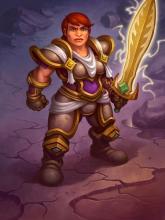
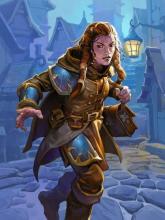
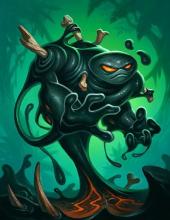
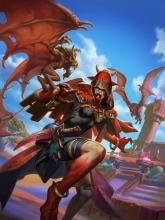
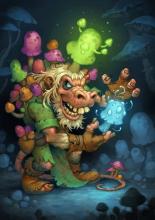
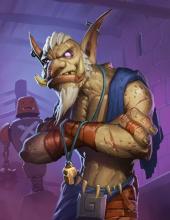
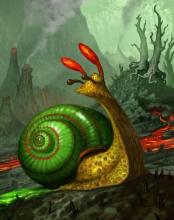
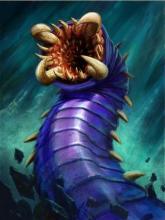
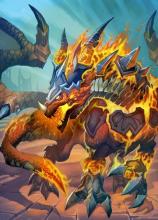
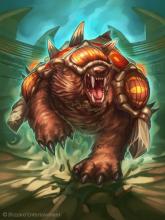

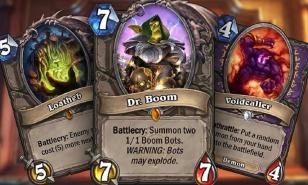
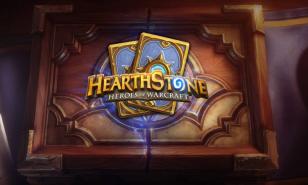
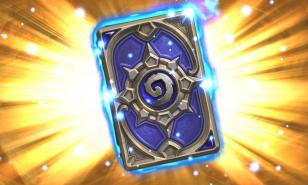
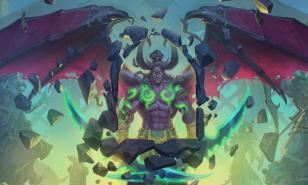

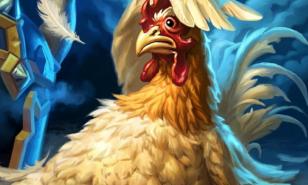
![[Top 10] Best TCG for Android That Are Fun Card Games, TCG, TCG for android](https://www.gamersdecide.com/sites/default/files/styles/308x185-scale-crop--more-top-stories/public/tcg_for_android.jpg)
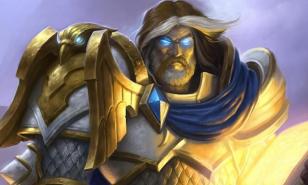
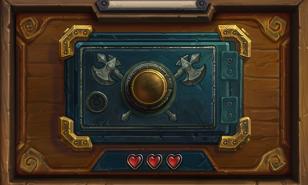
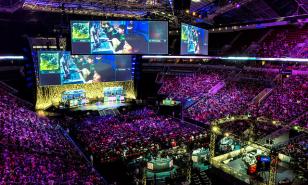
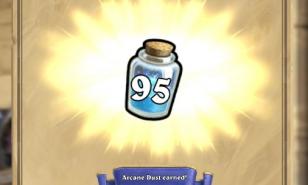
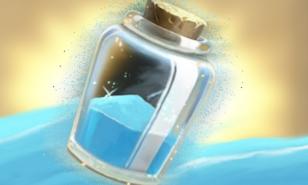
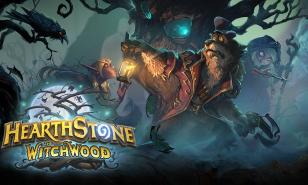
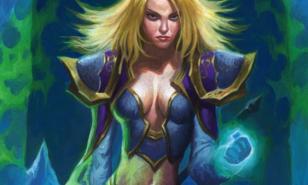
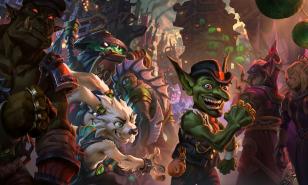
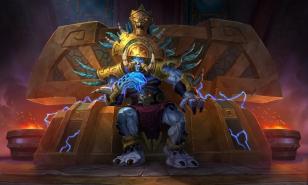
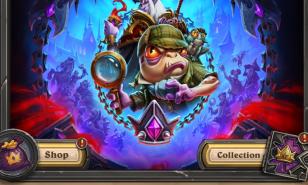
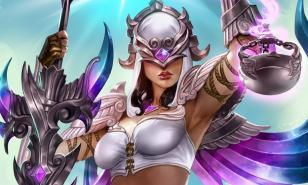
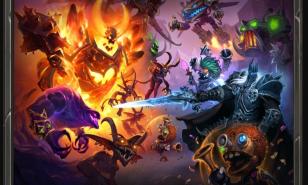
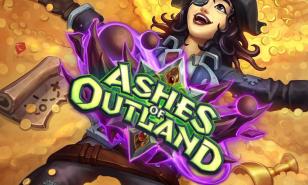
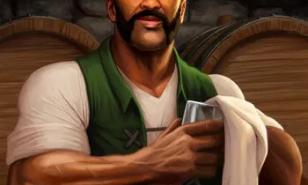

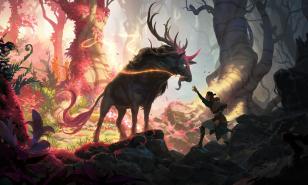
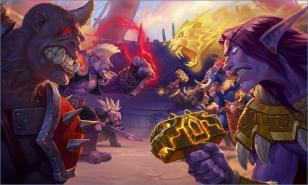
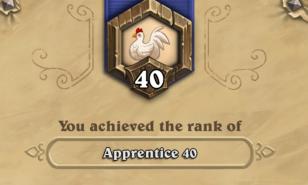
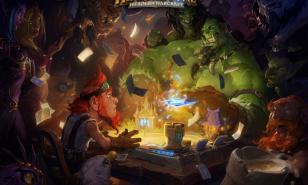
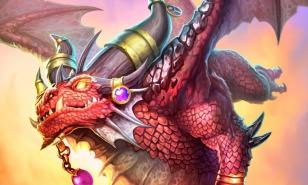
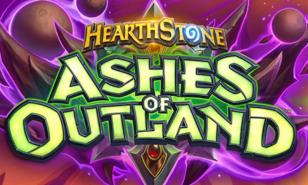
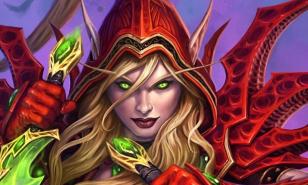

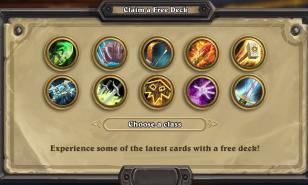
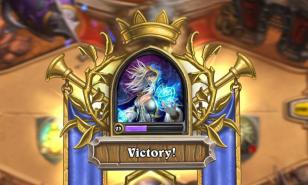
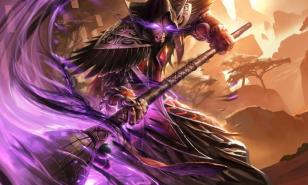
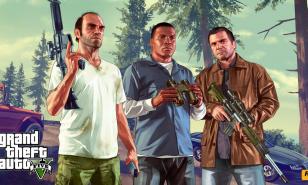
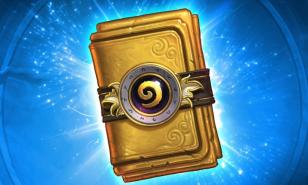
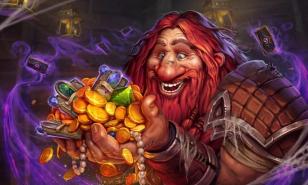
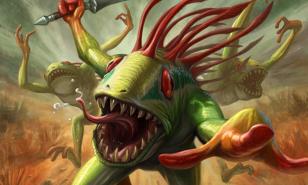
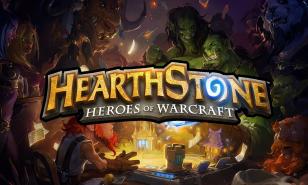
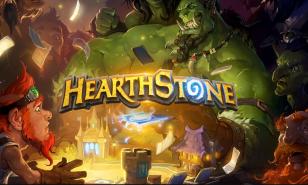
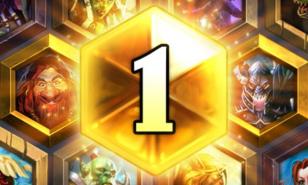
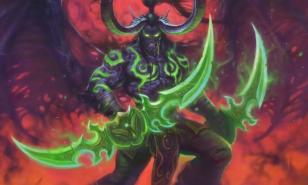

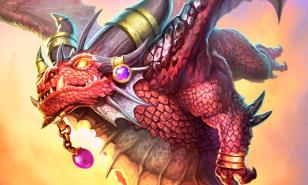
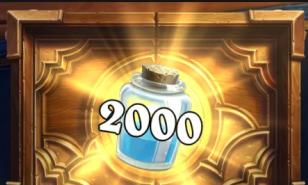
![[Top 10] Hearthstone Best Arena Class (Ranked) Arena Hearthstone Best Classes](https://www.gamersdecide.com/sites/default/files/styles/308x185-scale-crop--more-top-stories/public/hearthstone-madame-lazul_feature.png)

